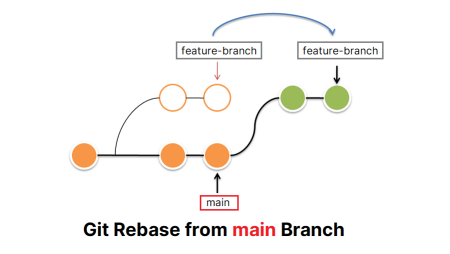The Secure Hash Algorithm 256-bit (SHA-256) is one of the cryptographic hash functions in the SHA-2 (Secure Hash Algorithm 2) family. Designed by the United States National Security Agency (NSA) and first published in 2001, it is widely used in various security applications and systems. Before diving deep into the specifics of SHA-256, let’s first understand what a cryptographic hash function is.
Cryptographic Hash Functions
A cryptographic hash function is a mathematical function that takes an input (or ‘message’) and returns a fixed-size string of bytes, which appears random. The output is typically referred to as the ‘hash value’ or ‘digest’. Hash functions have three main properties:
- Deterministic: For a given input, the output (hash) will always be the same.
- Fast to compute: For any given input, it should be quick and feasible to compute the hash.
- Irreversible: It should be computationally infeasible to regenerate the original input given the hash output.
Additionally, a slight change in the input should produce such a drastic change in output that the new hash will appear uncorrelated with the old hash.
The SHA-256 Algorithm
SHA-256, as its name implies, produces a hash value of 256 bits or 32 bytes (64 hexadecimal characters). Here’s an overview of its characteristics:
- Block Size: SHA-256 operates on 512-bit blocks.
- Output Size: Produces a 256-bit digest.
- Padded: Inputs are padded to be a multiple of the block size.
- Merkle–Damgård Construction: SHA-256 builds its hash using this design, which is a method of building collision-resistant cryptographic hash functions from collision-resistant one-way compression functions.
Working of SHA-256
- Padding: The input message is first padded so that its length is a multiple of 512 bits. Padding includes appending a single ‘1’ bit followed by the necessary number of ‘0’ bits and ending with a 64-bit integer denoting the original message length.
- Parsing: The padded message is then split into 512-bit blocks.
- Initialize hash values: There are eight initial hash values which are taken from the first 32 bits of the fractional parts of the square roots of the first eight prime numbers.
- Processing: Each of the 512-bit blocks undergoes 64 rounds of processing, utilizing logical operations, conditional statements, bitwise operations, and modular arithmetic.
- Output: After all rounds and blocks are processed, the resultant hash values are concatenated to produce a 256-bit hash.
Example
Let’s take a very simple example to understand how the hash changes with a minute change in input.
Input: “hello”
SHA-256 Hash: “2cf24dba5fb0a30e26e83b2ac5b9e29e1b161e5c1fa7425e73043362938b9824”
Now, just by changing the capitalization of the first letter:
Input: “Hello”
SHA-256 Hash: “185f8db32271fe25f561a6fc938b2e264306ec304eda518007d1764826381969”
As can be observed, the two hashes are entirely different, even though there’s a very minor difference in the input.
Applications of SHA-256
- Digital Signatures: SHA-256 is widely used in digital signatures, ensuring the integrity and authenticity of a message.
- Certificate generation: It’s used in creating SSL/TLS certificates, ensuring secure connections.
- Cryptocurrencies: Bitcoin and many other cryptocurrencies use SHA-256 for proof-of-work and address generation.
- Data integrity: Used in checking the integrity of data during transmissions or storage.
Conclusion
SHA-256 stands as one of the most robust cryptographic hash functions in use today, offering a combination of speed and security. Like any cryptographic tool, its strength depends on proper implementation and usage. As computing power grows, cryptographers will continue to evaluate the viability of SHA-256 and may shift to even more complex algorithms in the SHA family, like SHA-3, or other families entirely.

